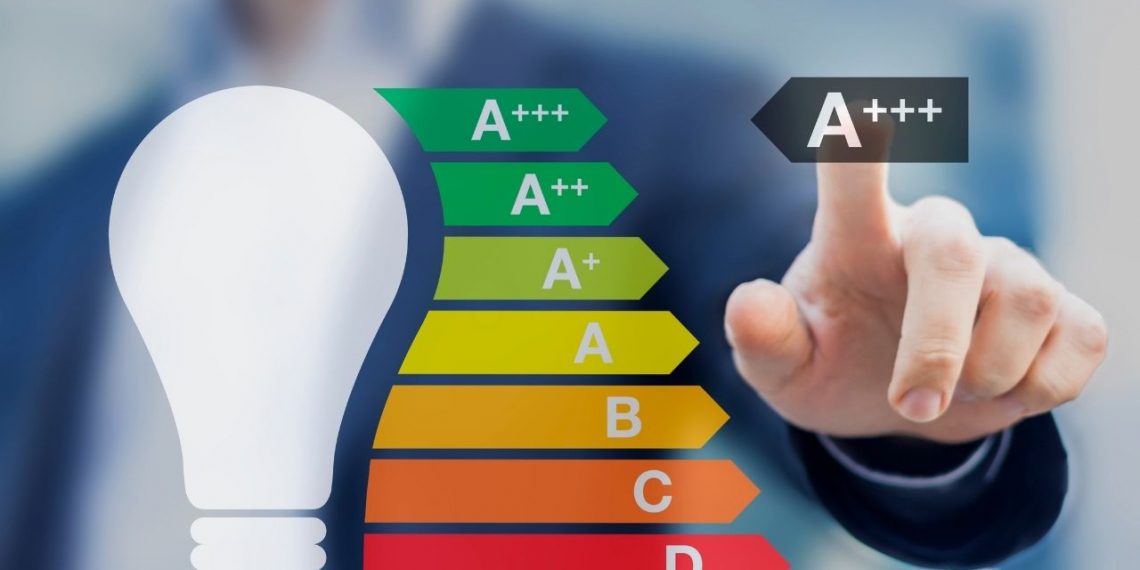About 40% of all global CO2 emissions come from electricity. Australia consumed 6,196 petajoules of electricity between 2018 and 2019.
That’s quite a lot by any standard. The world has almost reached a point of no return. We consume too much energy, and the resulting pollution is immense.
To save on energy, Australia created five initiatives:
LED lighting upgrades
By using LED lighting instead of regular ones, you save energy. That’s because LEDs are more efficient. The EES (Energy Savings Scheme) is an Australian plan that financially helps homeowners become energy-efficient. Energy reduction has always been the Australian government’s chief goal. They created the Energy Savings Scheme, made up of:
- The EES that runs until 2050
- The PDRS (Peak Demand Reduction Scheme) will begin in late 2022. This plan encourages people to save on energy during peak hours.
Households and businesses could save $3.6 billion between 2022 and 2040 through these projects. These are significant savings that will help everyone!
Wind energy establishment
Wind energy comes from wind turbines placed on the seaside or hilltops. Places where there are strong winds, of course. Australia’s green energy industry greatly relies on wind energy.
About 7.1% of the country’s total energy generation comes from it. In 2018, there were 94 wind farms in Australia. They had 16 GW of wind generation capacity.
Moreover, the Australian government constantly invests in wind-related energy sources. The industry is at its peak now that the efficiency of wind farms has been proven.
They can contribute significantly to the national energy grid.
Solar power upgrades
The total solar energy Australia Generated In 2020 reached 6.4%. That’s when solar energy became standard for many businesses and households.
The associated costs dropped, and people became more aware of the outcomes.According to Rated Power, Australia has large-scale, medium-scale, and small-scale solar installations.
The future holds great potential for Australia’s solar power industry!
Hydropower generation
The Australian hydropower industry declined in recent years. Due to the popularity of solar and wind energy, hydropower dropped in popularity.
Still, by 2020, Australian hydro installations had generated 473 GWh of energy. That’s a total of 23.3% of total clean energy generated.
And now, the government is trying to further boost the hydropower installations through various projects.
One such project is Snowy 2.0. It’s an initiative that offers a stable energy source for future generations. It aims to connect the Tantangara and Talbingo dams with 27km of tunnels.
An underground power station will produce hydropower from the two dams once fully constructed.
Bioenergy generation
A stable, cheap, and local source of green energy in Australia is bioenergy. It mainly comes from agricultural activities, including:
- Manure
- Crop wastes
- Timber waste
- Used oils
Bioenergy has great potential in this sense. It could contribute about 25-30% to the primary energy supply in Australia by 2050.
It’s also the only green energy source that can replace fossil fuels. It can easily replace all the worldwide energy markets. Electricity, transport, heat, you name it, and bioenergy can fuel it!


